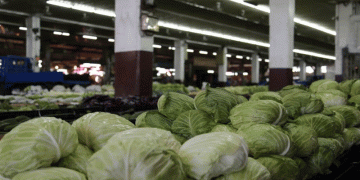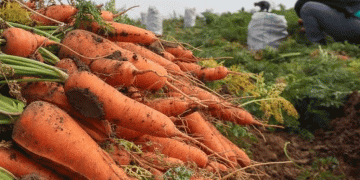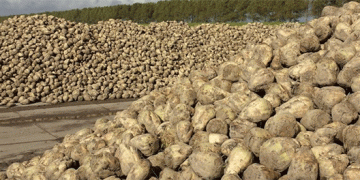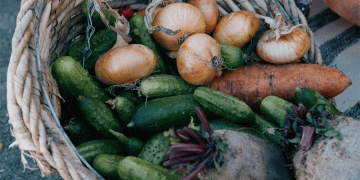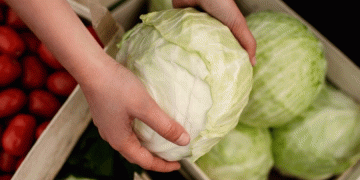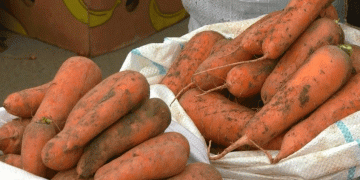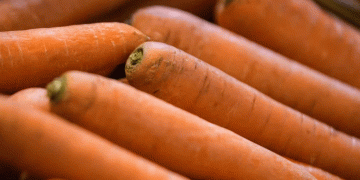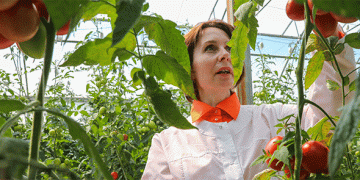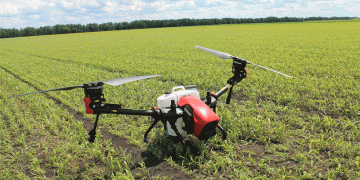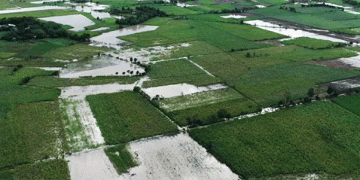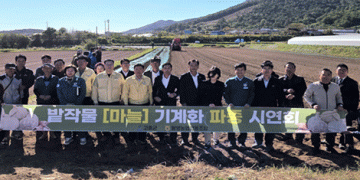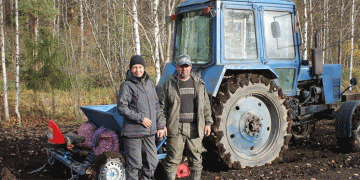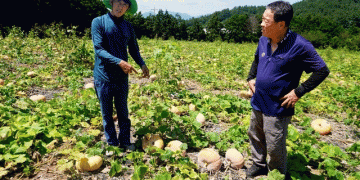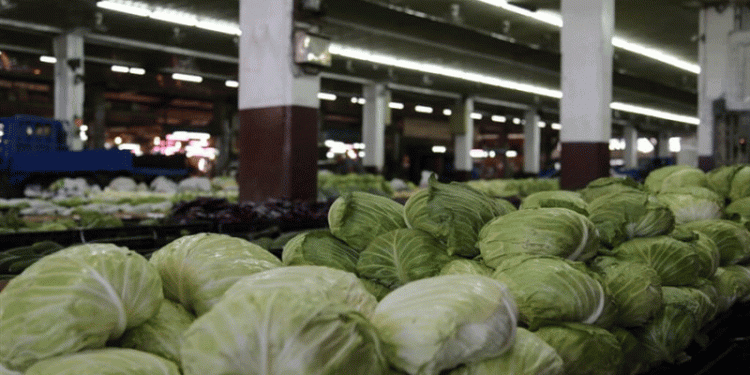Typhoon Danas wreaked havoc on central and southern Taiwan last week, severely damaging cabbage farms and disrupting supply chains. In response, Taiwan’s Ministry of Agriculture and the Agriculture and Food Agency (AFA) implemented emergency measures to stabilize prices and ensure market availability.
Immediate Measures: Subsidized Retail Pricing
To prevent price surges, the AFA partnered with 1,581 supermarket and hypermarket branches, including PX Mart, RT-Mart, Carrefour, and A.mart, to offer cabbages at no more than NT$90 (US$3.06) per head from July 18 to 27. This initiative helped curb inflation while ensuring consumer access.
Supply Chain Adjustments and Inventory Management
The AFA leveraged refrigerated vegetable inventories and coordinated with farmers’ organizations to stabilize supply. Fortunately, highland cabbages and facility-grown vegetables in northern Taiwan were largely unaffected, allowing continued production. Additionally, winter-harvested cabbage reserves and steady vegetable imports helped meet demand.
Recovery Timeline and Future Projections
With weather conditions stabilizing, affected farmers have begun replanting, and the AFA expects leafy greens and gourds to recover by early August. This aligns with historical data showing that vegetable supply typically rebounds within 3–4 weeks post-typhoon (FAO, 2023).
Key Takeaways for Farmers and Agribusinesses
- Strategic Cold Storage – Maintaining reserves can mitigate post-disaster shortages.
- Diversified Growing Regions – Highland and facility farming reduce weather dependency.
- Public-Private Partnerships – Collaboration with retailers ensures price stability.
Taiwan’s rapid response to Typhoon Danas highlights the importance of preparedness, supply chain flexibility, and government-industry cooperation in agricultural crisis management. Farmers and agronomists should consider similar strategies to enhance resilience against climate disruptions.
